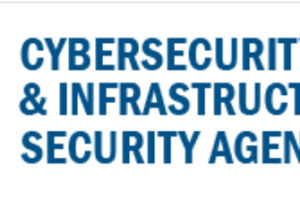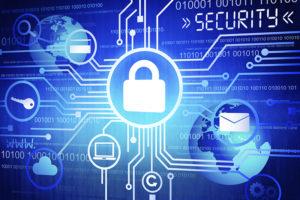ITU to advance AI capabilities to contend with natural disasters

The International Telecommunication Union (ITU) – the United Nations specialized agency for information and communication technologies – has launched a new Focus Group to contend with the increasing prevalence and severity of natural disasters with the help of artificial intelligence (AI).
In close collaboration with the World Meteorological Organization (WMO) and the United Nations Environment Programme (UNEP), the ITU Focus Group on 'AI for natural disaster management' will support global efforts to improve our understanding and modelling of natural hazards and disasters. It will distill emerging best practices to develop a roadmap for international action in AI for natural disaster management.
"With new data and new insight come new powers of prediction able to save countless numbers of lives," said ITU Secretary-General Houlin Zhao. "This new Focus Group is the latest ITU initiative to ensure that AI fulfils its extraordinary potential to accelerate the innovation required to address the greatest challenges facing humanity."
Clashes with nature impacted 1.5 billion people from 2005 to 2015, with 700,000 lives lost, 1.4 million injured, and 23 million left homeless, according to the Sendai Framework for Disaster Risk Reduction 2015-2030 developed by the UN Office for Disaster Risk Reduction (UNDRR).
AI can advance data collection and handling, improve hazard modelling by extracting complex patterns from a growing volume of geospatial data, and support effective emergency communications. The new Focus Group will analyze relevant use cases of AI to deliver technical reports and accompanying educational materials addressing these three key dimensions of natural disaster management. Its study of emergency communications will consider both technical as well as sociological and demographical aspects of these communications to ensure that they speak to all people at risk.
"This Focus Group looks to AI to help address one of the most pressing issues of our time," noted the Chair of the Focus Group, Monique Kuglitsch, Innovation Manager at ITU member Fraunhofer Heinrich Hertz Institute. “We will build on the collective expertise of the communities convened by ITU, WMO and UNEP to develop guidance of value to all stakeholders in natural disaster management. We are calling for the participation of all stakeholders to ensure that we achieve this."
Muralee Thummarukudy, Operations Manager for Crisis Management at UNEP explained: "AI applications can provide efficient science-driven management strategies to support four phases of disaster management: mitigation, preparedness, response and recovery. By promoting the use and sharing of environmental data and predictive analytics, UNEP is committed to accelerating digital transformation together with ITU and WMO to improve disaster resilience, response and recovery efforts."
The Focus Group's work will pay particular attention to the needs of vulnerable and resource-constrained regions. It will make special effort to support the participation of the countries shown to be most acutely impacted by natural disasters, notably small island developing states (SIDS) and low-income countries.
The proposal to launch the new Focus Group was inspired by discussions at an AI for Good webinar on International Disaster Risk Reduction Day, 13 October 2020, organized by ITU and UNDRR.
"WMO looks forward to a fruitful collaboration with ITU and UNEP and the many prestigious universities and partners committed to this exciting initiative. AI is growing in importance to WMO activities and will help all countries to achieve major advances in disaster management that will leave no one behind," said Jürg Luterbacher, Chief Scientist & Director of Science and Innovation at WMO. "The WMO Disaster Risk Reduction Programme assists countries in protecting lives, livelihoods and property from natural hazards, and it is strengthening meteorological support to humanitarian operations for disaster preparedness through the development of a WMO Coordination Mechanism and Global Multi-Hazard Alert System. Complementary to the Focus Group, we aim to advance knowledge transfer, communication and education – all with a focus on regions where resources are limited."





